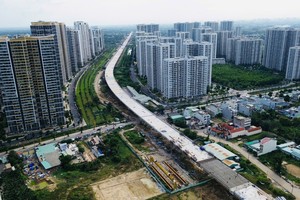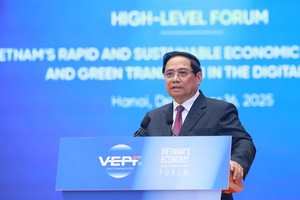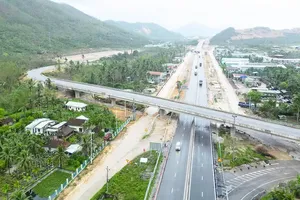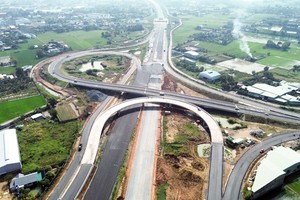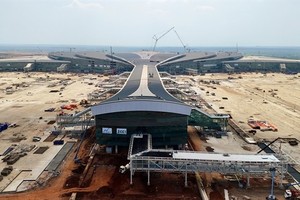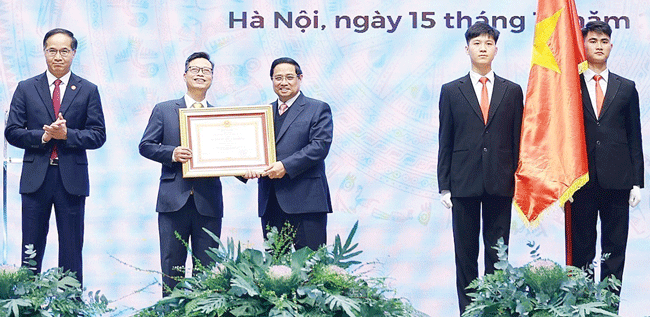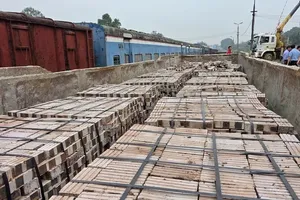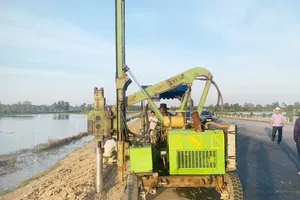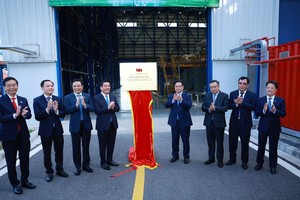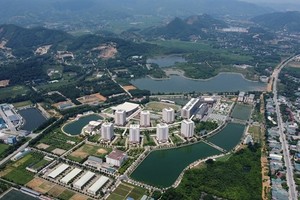
In 2016, Hanoi set an ambitious goal of planting one million trees by 2025, a target that was ostensibly achieved by 2018. However, by late 2022, the weaknesses of this rapid greening initiative became evident following an investigation by the Ministry of Public Security.
Allegations of corruption, including the misuse of official authority to favor specific contractors and the resulting financial losses amounting to billions of VND, led to the prosecution of city officials. Yet, these legal offenses merely scratched the surface of the problem. The recent storm exposed a more fundamental issue, namely technical flaws.
Numerous trees uprooted during the storm were found to still be encased in plastic bags, a practice long dismissed as inconsequential to plant health.
However, experts have since asserted that this negligence hindered root development by preventing soil contact, stunting growth, and contributing to the trees' vulnerability. The persistence of these non-biodegradable bags, which can remain in the environment for centuries, further underscores the gravity of this oversight.
Regulatory authorities must now investigate these technical failures, hold those responsible accountable, and implement stringent measures to prevent their recurrence.
It has been observed that even century-old banyan and Indochina dragonplum tree were toppled during the storm. Some have attributed this to the extensive underground infrastructure development, which necessitates root pruning. This suggests that the city's urban development projects may have inadvertently compromised the structural integrity of its oldest trees.
To improve urban greening practices, Hanoi can draw inspiration from cities like Singapore, which focuses on a limited selection of tree species, primarily rain trees known for their robust trunks, dense canopies, and efficient rainwater drainage, along with a multi-layered approach to greening, incorporating rooftop gardens, vertical greenery, and urban forests.
As urbanization accelerates in Vietnam, it is imperative that urban greening initiatives be implemented in a systematic, scientific, and rigorous manner. The Ministry of Construction, in collaboration with other government agencies, academia, and the public, should establish a comprehensive framework for selecting tree species that are well-suited to local conditions and capable of protecting the environment, providing aesthetic beauty, and ensuring safety.
Furthermore, clear guidelines should be developed for categorizing trees based on size, age, planting methods, pruning requirements, and removal criteria. Additionally, the government should encourage community involvement in urban greening efforts by providing resources and incentives for individuals to create green spaces in their neighborhoods.

